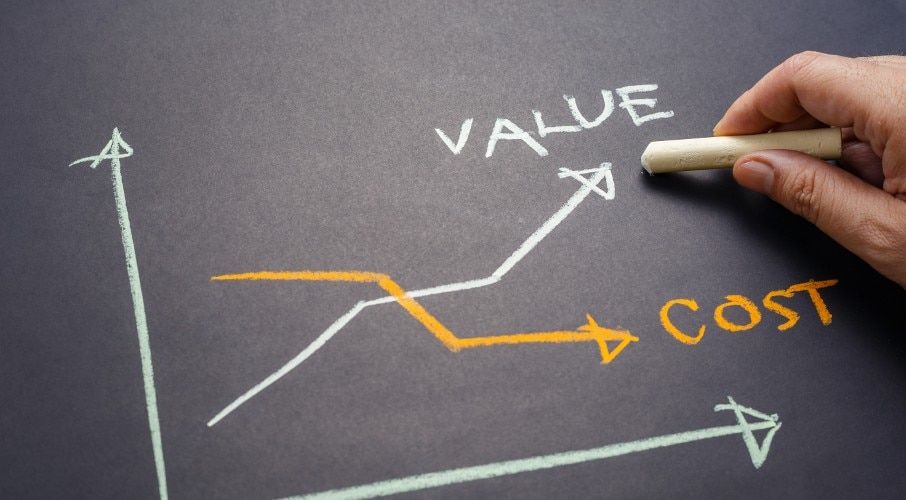What are Operating Assets?
Operating Assets Definition
Operating assets are assets that are used by a company in its day-to-day operations to generate revenue. These assets are generally long-term assets, meaning that they have a useful life of more than one year. Operating assets can include many types of physical and non-physical assets that are required for the production and sale of goods or services.
Some examples of operating assets include:
- Property, plant, and equipment (PP&E): This includes buildings, machinery, equipment, and furniture used in the production or sale of goods or services.
- Vehicles: This includes cars, trucks, vans, and other vehicles used by the company for transportation or logistics purposes.
- Inventory: This includes raw materials, work-in-progress goods, and finished goods that are held for sale or use in the production process.
- Accounts receivable: This represents the money owed to the company by its customers for goods or services that have been sold on credit.
- Intellectual property: This includes patents, trademarks, copyrights, and other types of intangible assets that are used in the generation of revenue.
Operating assets are critical to a company's ability to generate revenue and achieve profitability. Without these assets, a company would be unable to produce or sell its goods or services. As such, companies often invest heavily in their operating assets, regularly maintaining and upgrading them to ensure their continued usefulness and productivity. Operating assets are also considered in financial analysis, where asset turnover ratio and return on assets are commonly used metrics.
Here are some more points to consider on operating assets:
- Operating assets can be a significant source of value for a business. Companies often invest heavily in their operating assets in order to improve productivity, expand capacity, or acquire new capabilities that can help them stay competitive in their markets. At the same time, companies must balance these investments against the need to generate sufficient returns on their capital over time.
- In some cases, operating assets may be considered non-cash assets, meaning that they do not directly generate cash flows but are nevertheless critical to the company's operations. For example, research and development (R&D) expenses might be considered non-cash operating assets, since they involve investments in intellectual property that may not generate cash flows until later on when the patents are licensed or sold.
- The value of operating assets on a company's balance sheet can be affected by changes in the market or business conditions. For example, if a company's industry experiences a decline in demand, it may have to write down the value of its inventory or PP&E in order to reflect the lower market value of these assets.
- Companies generally report their operating assets on their balance sheets, where they are listed under the category of "property, plant, and equipment" or "long-term assets." These assets are typically depreciated over their useful lives, which allows companies to spread the cost of their investments in these assets over multiple accounting periods.
- Investors and analysts often look at a company's operating assets as an indicator of its long-term potential for growth and profitability. High levels of investment in operating assets may be seen as a positive sign, as long as those investments generate a sufficient return on investment (ROI) over time. Conversely, low levels of investment may be a negative sign, especially if the company's competitors are investing more heavily in similar assets.
- Companies may also use their operating assets as collateral for loans or other forms of financing. Lenders may consider the value and liquidity of these assets when making decisions about the amount and terms of financing that they will offer to the company.







